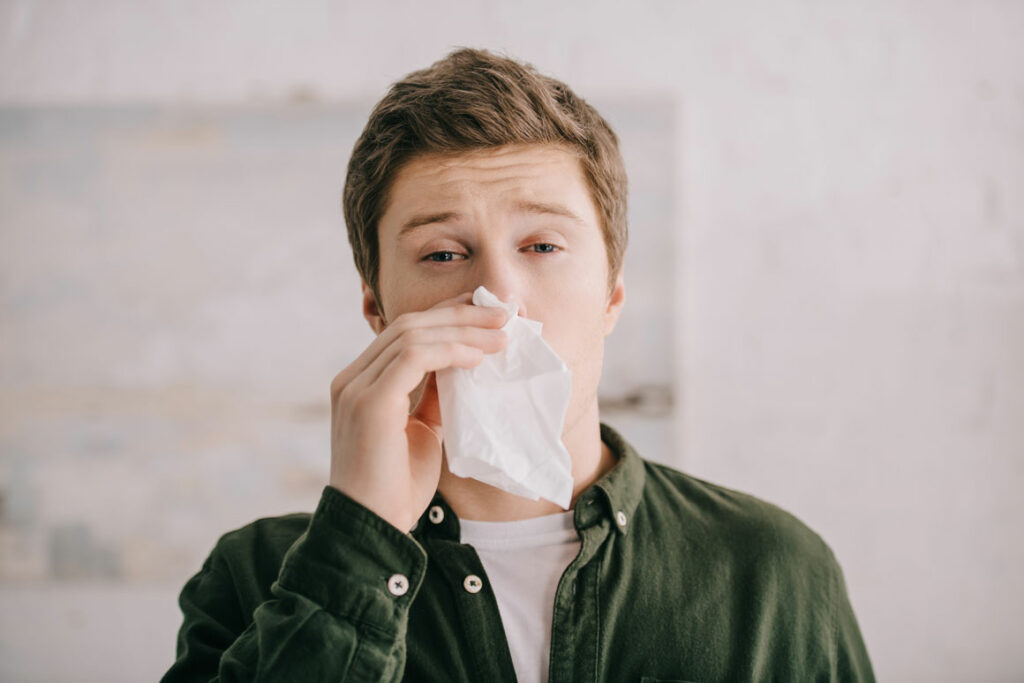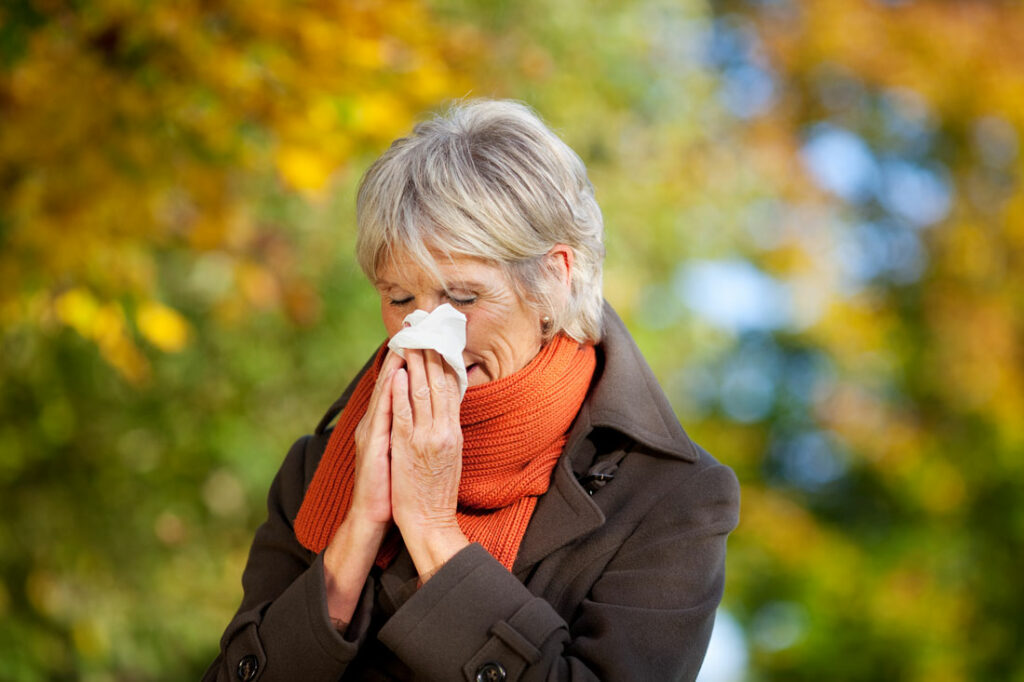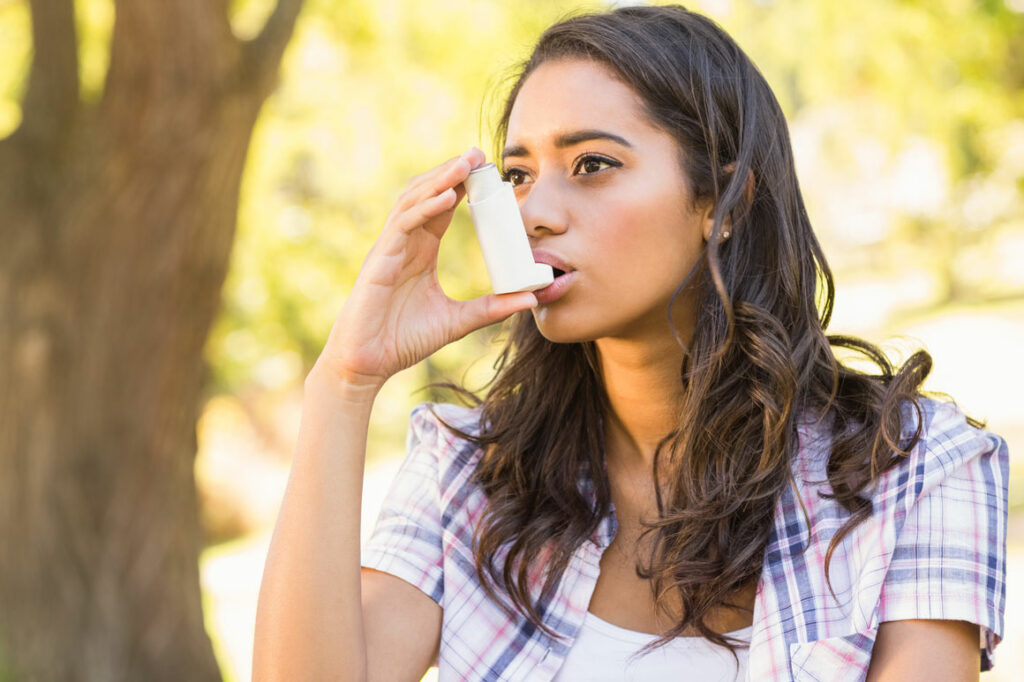What You Need to Know About Fall Allergies & Asthma
While the Fall season brings beautiful colors and cooler weather, bringing relief from heat, for those with allergies and asthma, Fall might not be such a fun time.
Watch the video: What You Need to Know About Fall Allergies & Asthma
What Causes Fall Allergies and Asthma
An allergic reaction happens when your immune system mistakes a usually harmless substance, such as pollen, with a harmful invader causing it to release antibodies to bond with the allergen to neutralize it.
During this process, your immune system releases chemicals that, in some people, can cause typical allergy symptoms such as nasal congestion, itchy eyes, and skin reactions. For others, the allergic response is powerful enough to result in inflammation of the lungs and airways, resulting in an asthma attack.

Asthma and Allergy Triggers
While they are two different conditions, asthma and allergies often occur together because they share many triggers.
The most common fall allergy and asthma trigger is pollen. The most common trigger is ragweed which blooms and releases its pollen from August to November, peaking in mid to late September. This plant grows wild in most parts of the country, but is more abundant on the East Coast and Midwest.
Top Pollen Triggers
- Sagebrush and mugwort
- Burning bush
- Tumbleweed and Russian thistle
- Pigweed
- Cocklebur
- Lamb’s-quarters
Mold is another common culprit for fall allergies and asthma. One particularly concerning outdoor mold is Alternaria alternata, which is known to cause upper and lower respiratory hypersensitivity leading to allergic reactions and asthma symptoms.
Other Known Triggers
- Dust mites
- Dander
- Cockroaches
Minimizing contact with these substances will help reduce symptoms and lower your risk of a severe allergic reaction or asthma attack. Before going outside, check the pollen count in your area and take the necessary precautions.

Symptoms
Fall Allergy Symptoms
- Watery, itchy eyes
- Itchy, runny nose
- Sneezing
- Coughing
- Dark circles under the eyes
- Rash and hives
Symptoms of Allergic Asthma
- Feeling short of breath
- Wheezing
- Chest tightness
- Frequent cough, especially at night
When to See a Specialist Regarding Your Fall Allergies and Asthma
If you have difficulties managing your allergy symptoms, feel they are worsening, or have been diagnosed with asthma, you should consider doctor supervision. Allergists are physicians trained to identify asthma, allergy, and other immune disease triggers.
Their expertise can help identify triggers and develop a strategy to reduce the frequency and severity of your symptoms.
Your doctor may recommend that you stay indoors, when possible, during peak allergy season. They may also advise you to wear a NIOSH-rated 95 filter mask when engaging in outdoor activities such as gardening.
Additionally, they will start you on medication which may include biologic infusions. Biologics are a new class of specialized drugs that target specific proteins and receptors in the body known to cause inflammation that results in asthma attacks or severe allergic reactions.
Biologics are an excellent alternative for patients who have trouble managing their disease flare-ups with more traditional treatments.
Speak to your doctor to see if biologic infusion therapy is right for you.





